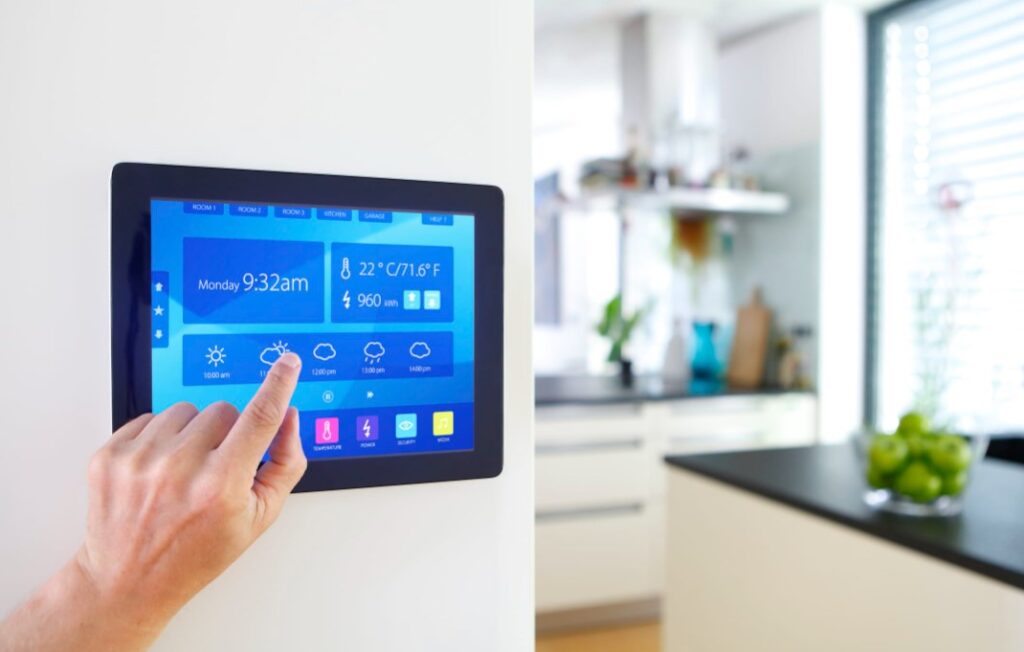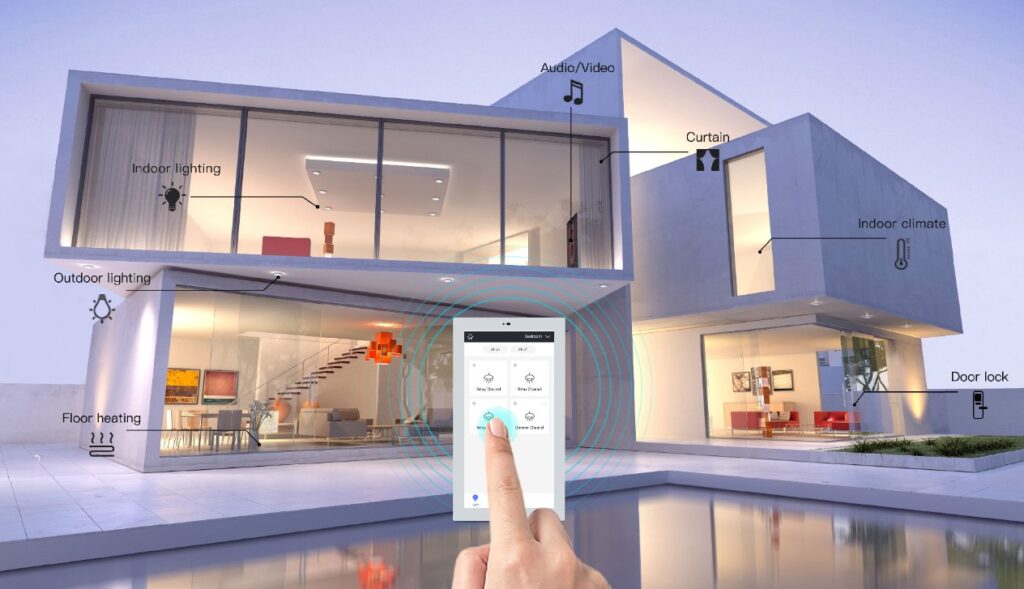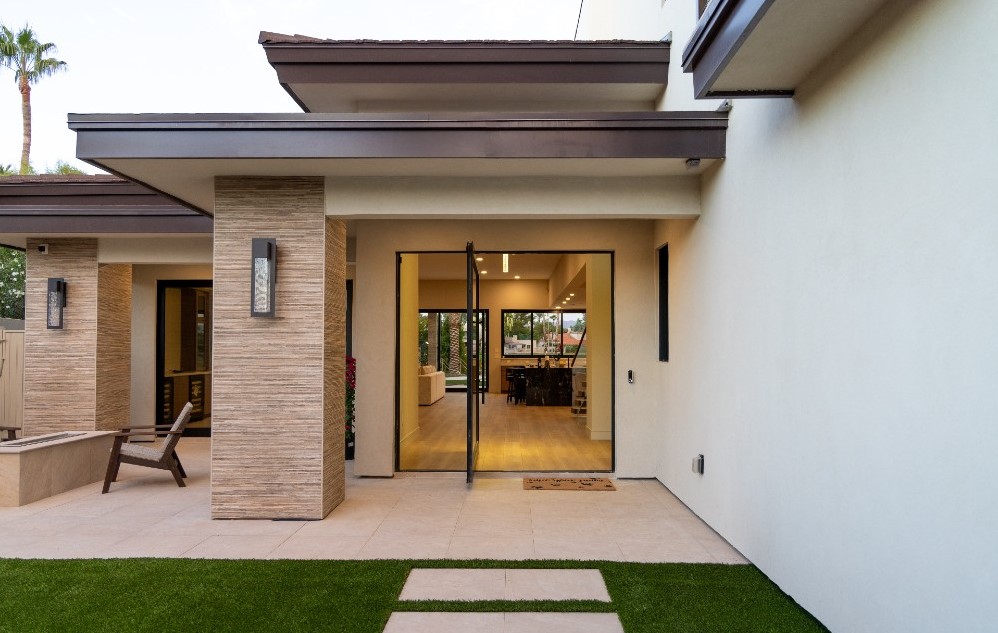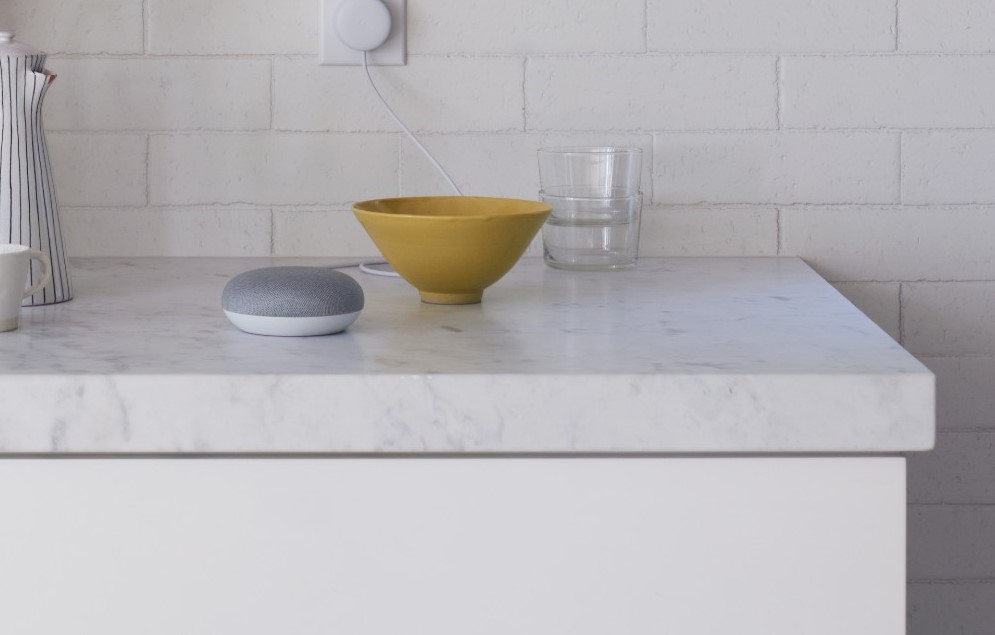Home automation is a pretty hot consumer trend right now. Younger people, having grown up with digital technology, are the primary drivers of the trend. But even their older counterparts are getting into it. Unfortunately, budget is a genuine concern at a time when people are pinching their pennies. So is it possible to automate a home on the cheap?
In a word, yes. You can do anything on the cheap if you want to. You just need to understand that there are trade-offs.
In-home automation, some of the trade-offs could ultimately be deal breakers. The best advice I could offer, as someone who has been researching and writing about home automation for years, is to study up before you start buying things.
3 Types of Home Automation Systems
For the purposes of this post, we can classify home automation systems under three categories. The first category is professionally installed. A professionally installed system consists of components all known to work together. It is installed by someone who knows what he is doing and can teach the homeowner what she needs to know to make it work.
The second category is all-in-one DIY. This is a system that includes everything the homeowner needs out of the box. A typical system would include a couple of cameras, security sensors for a few windows and doors, a smart home hub, and perhaps a thermostat or a smart lock. The homeowner manages installation.
The third category is piecemeal home automation. Systems in this category are built by homeowners piece by piece. A homeowner may or may not stick with a particular brand. If nothing else, he needs to choose an ecosystem and stick with it.
Each home automation category has its pros and cons. I would generally recommend that someone with absolutely no home automation experience and limited tech skills go with a professionally installed system. There are plenty of companies offering such systems, including Vivint Smart Home.
1. Buying Cheap Home Automation Devices

Source: safewise.com
I’ll be honest, the best way to build a smart home on the cheap is to take the piecemeal approach. There is an excellent post on the Tom’s Guide website describing some of the best home automation devices with prices under $100. I am guessing you’ll recognize some of the devices on the list.
Professionally installed and all-in-one DIY systems tend to cost more for several reasons. First and foremost is brand strength. The fact of the matter is that brand names sell at higher prices. This is not unique to home automation. This is true in every industry.
Homeowners pay more for professionally installed systems for obvious reasons. Smart home providers need to cover installation costs. So even when a company offers free installation, homeowners are still paying for it through higher equipment and subscription rates.
On the other hand, buying individual pieces allows consumers to save money. A big advantage is being able to buy devices from lesser-known manufacturers who don’t have the brand strength to charge more. You also have those manufacturers that intentionally keep their prices low to compete.
2. Compatibility Is the Big Issue

Source: hdlautomation.com
Building a home automation system piecemeal comes with its disadvantages. At the top of the list is compatibility. Simply put, building your system is not as simple as buying a bunch of devices and turning them on. There are different communication protocols to consider. There are different APIs.
This is why I mentioned earlier the idea of picking an ecosystem and sticking with it. Let’s say you are a big fan of Google Home. Your introduction to home automation came by way of the Google smart speaker you got for Christmas. Google has its home automation ecosystem.
It’s not a bad ecosystem from a technology standpoint. If you don’t mind Google’s reputation for invading your digital privacy, it’s one of the most utilized ecosystems in the world. Nearly every manufacturer makes its devices compatible with Google Home.
Working on Standardization
Smart home manufacturers are working on standardization in hopes of eliminating most of the compatibility issues. To date, their efforts have produced a protocol known as Matter. Matter was supposed to revolutionize home automation when it was first launched a couple of years ago. It has failed to live up to all the hype thus far.
Nonetheless, it is reasonable to assume that there will be some measure of standardization in the future. Much like the USB port standardized peripheral connections for the PC years ago, the biggest names in home automation will eventually agree on a set of standards that will be implemented industry-wide.
3. The Smart Home Hub
Another thing to think about when building a home automation system is how each of your devices will be controlled. Remember that you’ll be purchasing devices piecemeal, devices that may not come from the same manufacturer.
You can choose to control all your devices with the individual apps that come with them. But how many apps will that leave you with? A better option is to consolidate control in a smart home hub.
A hub is essentially a centralized control panel. It can be an actual physical device mounted on the wall or sitting on the counter. But it can also be an app that runs on your phone. Either way, smart home hubs are tied to specific ecosystems. So once again, we are back to the idea of choosing an ecosystem you can stick with.
Incidentally, both Google and Amazon smart speakers can act as hubs. The big advantage they offer is voice control. Although I do my best to stay away from Google and Amazon devices, I do appreciate being able to access my home automation devices by voice command.
It is possible to build a home automation system on the cheap. It requires some technological know-how and a willingness to do a lot of research. But if you have the resolve, you can do it.












